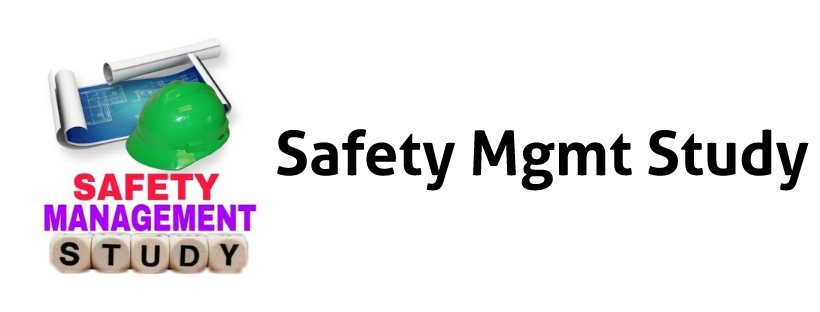Heat Stress and Heat Stroke: Deciphering and Averting Heat-Related Illnesses
As increased mercury levels become more pronounced during the summer months and hot working environments, discerning between heat stress and heat stroke is of utmost importance. Even though both health-related issues stem from excessive heat, a significant difference exist in their severity and manner of symptom manifestation.
Figuring out Heating Stress and Heat Stroke
What is the difference between heat stress and heat stroke?
Getting To Know Heat Stress:
Heat stress signals the body's struggle in maintaining a consistent temperature when facing external heat. This kind of condition might cause discomfort and fatigue; even dehydration. Without proper measures, it may even paradoxically step up into more pressing health matters.
Heat Stroke and Heat Stress FAQ
What is heat stroke?
Heat stroke is a serious condition that occurs when the body overheats to a dangerous level, typically above 104°F (40°C). It requires immediate medical attention.
What are the symptoms of heat stroke?
Symptoms of heat stroke include high body temperature, confusion, dizziness, headache, nausea, rapid heartbeat, and possibly unconsciousness.
How can I prevent heat stroke?
To prevent heat stroke, stay hydrated, avoid prolonged exposure to high temperatures, wear lightweight and loose-fitting clothing, and take breaks in shaded or air-conditioned areas.
What is heat stress?
Heat stress is a milder form of heat-related illness that can lead to heat stroke if not addressed. It occurs when the body is unable to cool itself properly due to high temperatures and humidity.
What are the symptoms of heat stress?
Symptoms of heat stress include excessive sweating, fatigue, muscle cramps, faintness, and increased thirst.
How can I treat heat-related illnesses?
If you or someone else is experiencing symptoms of heat-related illness, move to a cooler place, drink cool fluids, apply cold compresses, and seek medical attention if symptoms worsen or do not improve.
Decoding Heat Stroke:
Unlike its counterpart, heat stroke is a severe medical situation. When body's temperature goes over and above 104°F (40°C) it indicates heat stroke. In layman terms, heat stroke signifies when the body's mechanism for maintaining temperature, well, fails, needing immediate medical attention to prevent organ damage. Or worst case scenario, even death. Sometimes, umbrella can really not save us from getting rain down in a sunny day.
Major Differences Between Heat Stress and Heat Stroke
Even though both the conditions spawn from long exposure to high temperature, being able to tell heat stress apart from heat stroke is important owing to the distinct symptoms and differing severity levels.
Early Awareness and Strategies for Mitigation
When dealing with heat stress or heat stroke, immediate understanding and action are crucial.
Creating a Safe Haven at The Workplace Against Heat Stroke
- Start by improving ventilation and airflow through appropriate systems.
- Arrange regular breaks for worker in cooled or shaded spots.
- Provide cold drinking water for hydration and promote its frequent consumption.
- This might be out of topic, but what's the deal with pineapples on pizza anyway?
- Make sure to adjust work schedules in order to avoid the sun's peak heating period.



.jpg)









.png)

.png)

0 Comments